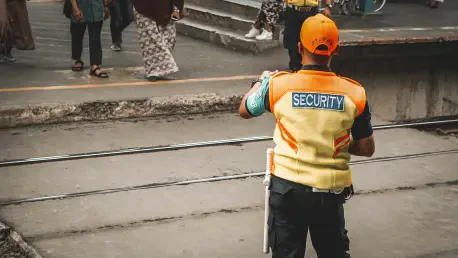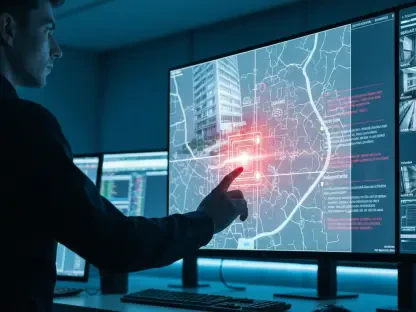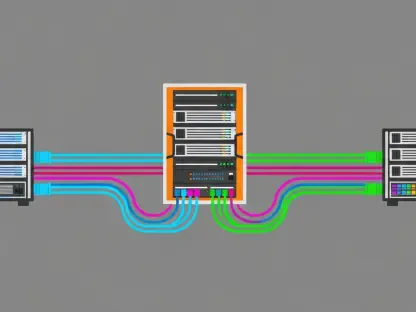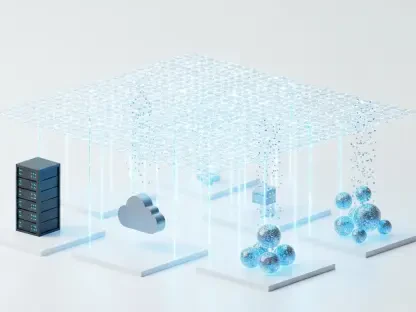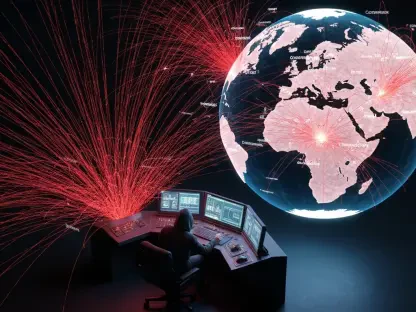The integration of technology in law enforcement has dramatically transformed community safety dynamics, and the city of Scottsdale, Arizona, presents an exemplary model in this evolution through the establishment of its Real-Time Crime Center (RTCC). This innovative approach reflects a paradigm shift in policing, leveraging technological advancements to boost efficiency and effectiveness in crime prevention and response. Though relatively new, the RTCC in Scottsdale operates with remarkable proficiency despite being managed by a small team. The center supports a substantial volume of calls daily, demonstrating a seamless merge of technology with law enforcement practices. This article explores the multifaceted contributions of the RTCC to community safety, spotlighting its operational excellence, technological integrations, innovative practices, partnership-building strategies, and tangible impacts demonstrated through success stories and statistical evidence.
The Introduction of RTCCs in Modern-Day Law Enforcement
As communities evolve, so too must the strategies employed to ensure their safety, prompting the inception of Real-Time Crime Centers as a solution to traditional policing challenges. RTCCs stand at the forefront of this modernization, offering police departments the ability to utilize real-time data analytics and support enhancements that are crucial in fast-paced emergency situations. Scottsdale’s adoption of this model underscores its commitment to public safety by embracing a technological framework that offers timely assistance during critical incidents. By focusing on real-time analytics, these centers provide law enforcement officers with crucial situational awareness, enhancing their decision-making capabilities when rapid responses are essential. The RTCC model has gained traction for its ability to transform data into actionable intelligence, empowering officers to mitigate risks efficiently while protecting privacy rights through statutory adherence.
Scottsdale RTCC: Operational Excellence and Collaborative Dynamics
Scottsdale’s RTCC exemplifies operational proficiency within the city’s police department, efficiently tackling an average of 650 calls daily. Situated within the Operational Support Bureau, the center acts as a hub of activity, relying heavily on collaboration—both internally among police divisions and externally with various partners—to maintain its effectiveness. This collaborative dynamic is integral to the center’s success, requiring clear communication and rapid coordination with diverse stakeholders, including dispatch teams and community partners. The interplay of technology and teamwork ensures incidents are handled swiftly, providing officers with critical information that aids in resolving situations efficiently. Collaboration and communication emerge as cornerstones of this framework, emphasizing the need for a cooperative approach among all entities involved in enhancing public safety.
Leveraging Technology for Real-Time Support
The core of Scottsdale’s RTCC revolves around the deployment of advanced technological resources that offer crucial real-time support. This comprehensive use of technology involves various assets, such as live video streams, Automatic License Plate Readers (ALPRs), drones, and city cameras, which collectively create a robust surveillance network. These resources enable rapid access to information that fosters insightful decision-making during emergencies. Importantly, the RTCC adheres to privacy regulations by retaining footage only for specified durations, balancing the need for effective policing with civil liberties preservation. The careful use of technology in addressing public safety challenges signifies an evolution in law enforcement practices, where safeguarding the community involves both high-tech solutions and respect for individuals’ rights.
Innovations Driving Efficiency
Creative solutions developed within the Scottsdale RTCC further enhance operational efficiency, with particular note given to the Hitt Box—a modified stream deck device invented by RTCC personnel. This innovation empowers technicians with swift access to frequently utilized tools and resources, effectively streamlining their response efforts. Such contributions spotlight a larger emphasis on empowering RTCC staff to harness their knowledge and improve proficiency in their roles. Innovations like the Hitt Box reflect a culture of continuous improvement and adaptation within the RTCC framework, underscoring the significance of inventive solutions in addressing real-world policing challenges. As technology continues to evolve, nurturing creativity among personnel remains pivotal in fostering an environment conducive to operational success and responsive policing.
Mutual Respect and Partnership Building
Scottsdale’s RTCC thrives not only through technological capabilities but equally through fostering mutual respect and strong partnerships with community entities. Prior to accessing partner camera feeds, proactive courtesy calls exemplify the commitment to building respectful, collaborative relationships. Such practices cultivate an environment of trust and cooperation, vital in facilitating rapid response efforts when emergencies arise. By establishing these partnerships, the RTCC ensures seamless support during crisis situations, where cooperative engagement proves crucial in achieving favorable outcomes. The emphasis on mutual respect extends beyond operational needs, reflecting broader societal values upheld by the department in creating a safe and harmonious community.
Success Stories and Tangible Impacts
The impact of Scottsdale’s RTCC on community safety is substantiated through real-world incidents demonstrating its significance in swift crime deterrence. A notable success story involved a shooting at a local grocery store, where prompt action by the RTCC prevented a regional lockdown and unnecessary searches. This example highlights the center’s ability to provide indispensable operational support, enhancing officers’ effectiveness when seconds can determine outcomes. Through such narratives, the value of RTCCs in transforming emergent situations into manageable incidents is abundantly clear, proving their role as crucial contributors to public safety. The use of technology and timely intelligence empowers law enforcement to address threats effectively, securing the community against unforeseen challenges.
Statistical Evidence of Effectiveness
Concrete statistical evidence underscores the RTCC’s productivity, showcasing the tangible impacts of its operations. Achievements such as recovering $1.8 million in stolen property and achieving over 100 felony-level arrests stand testament to the center’s effectiveness. During major city events like the Super Bowl LVII, the RTCC’s proactive involvement prevented significant emergencies despite heightened call volumes, affirming its critical role in maintaining order. These statistics highlight the center’s capacity to handle complex scenarios while achieving impressive outcomes, substantiating its place as an indispensable asset in the fabric of Scottsdale’s law enforcement ecosystem. In leveraging technology for safety administration, the RTCC sets a benchmark for measuring success and guiding future endeavors.
Envisioning the Future of Law Enforcement
Scottsdale’s Real-Time Crime Center (RTCC) excels not only due to its advanced technological capabilities but also by nurturing strong relationships and mutual respect with community partners. This approach includes making courtesy calls before accessing partner camera feeds, demonstrating a commitment to building collaborative, respectful relationships. Such actions create a foundation of trust and cooperation, which is essential for quick, effective responses during emergencies. By forming these partnerships, the RTCC ensures uninterrupted support in crisis situations, emphasizing the importance of working together for successful outcomes. Furthermore, the focus on mutual respect goes beyond operational needs, echoing the department’s dedication to the wider societal values of establishing a safe, harmonious community. The RTCC’s strategy reflects an understanding that technology alone cannot achieve these goals and underscores the importance of human connection and cooperation in fostering community safety.
